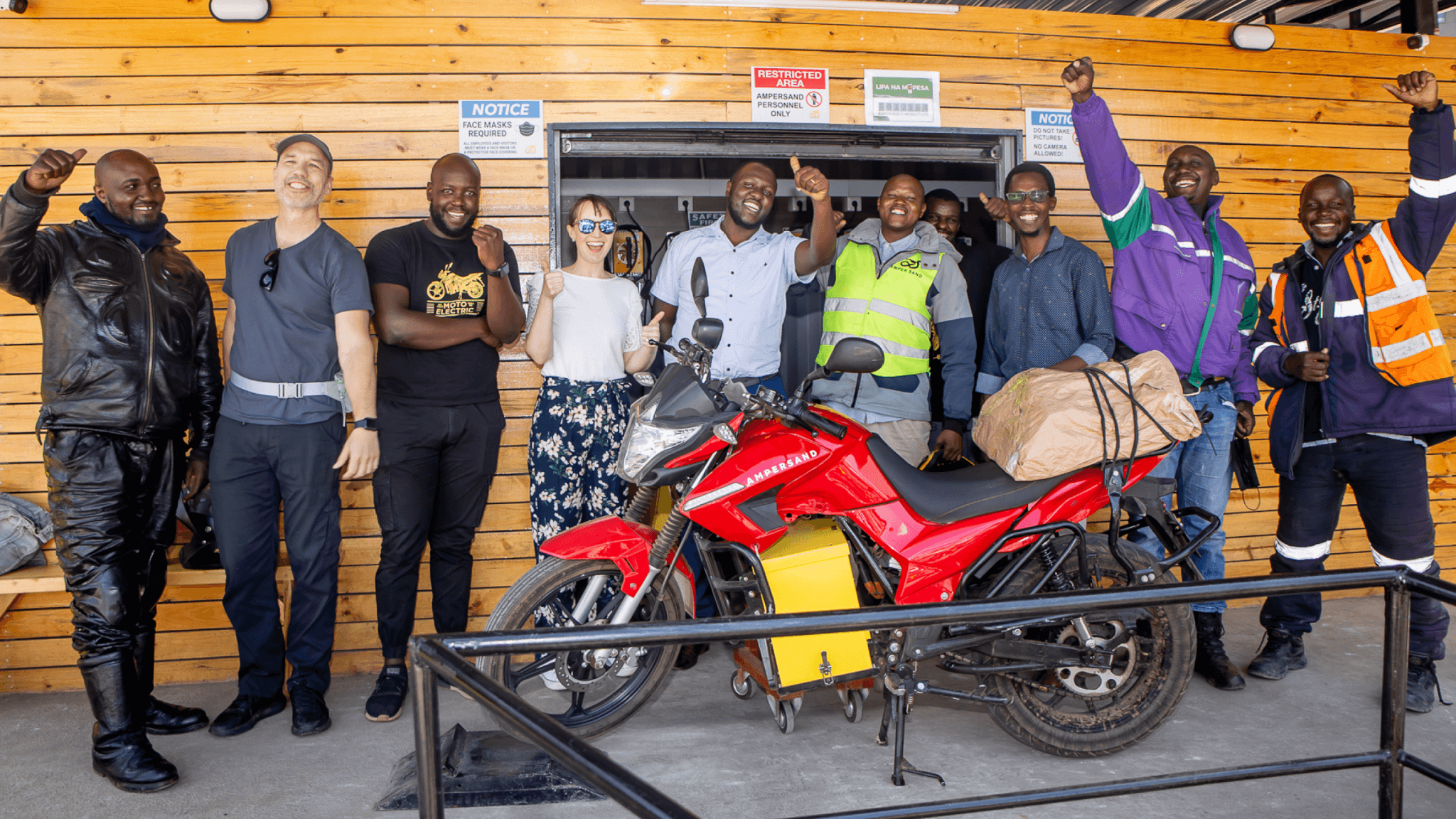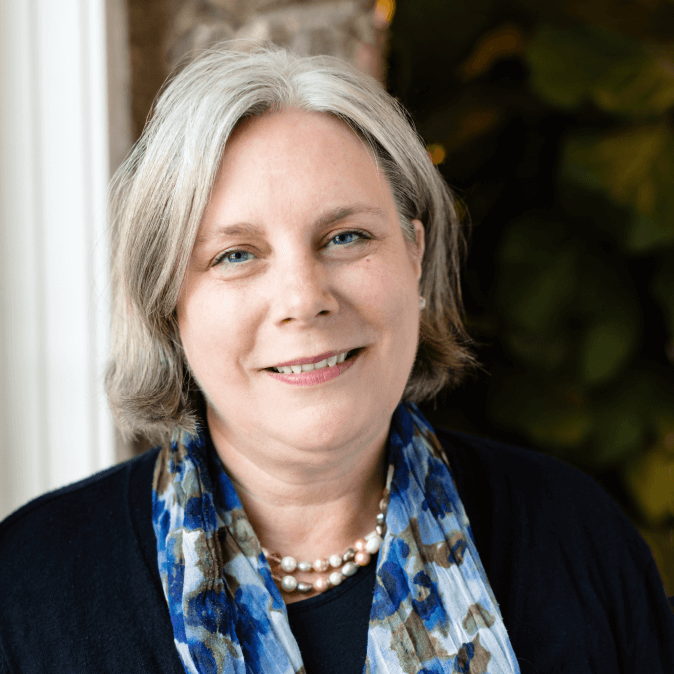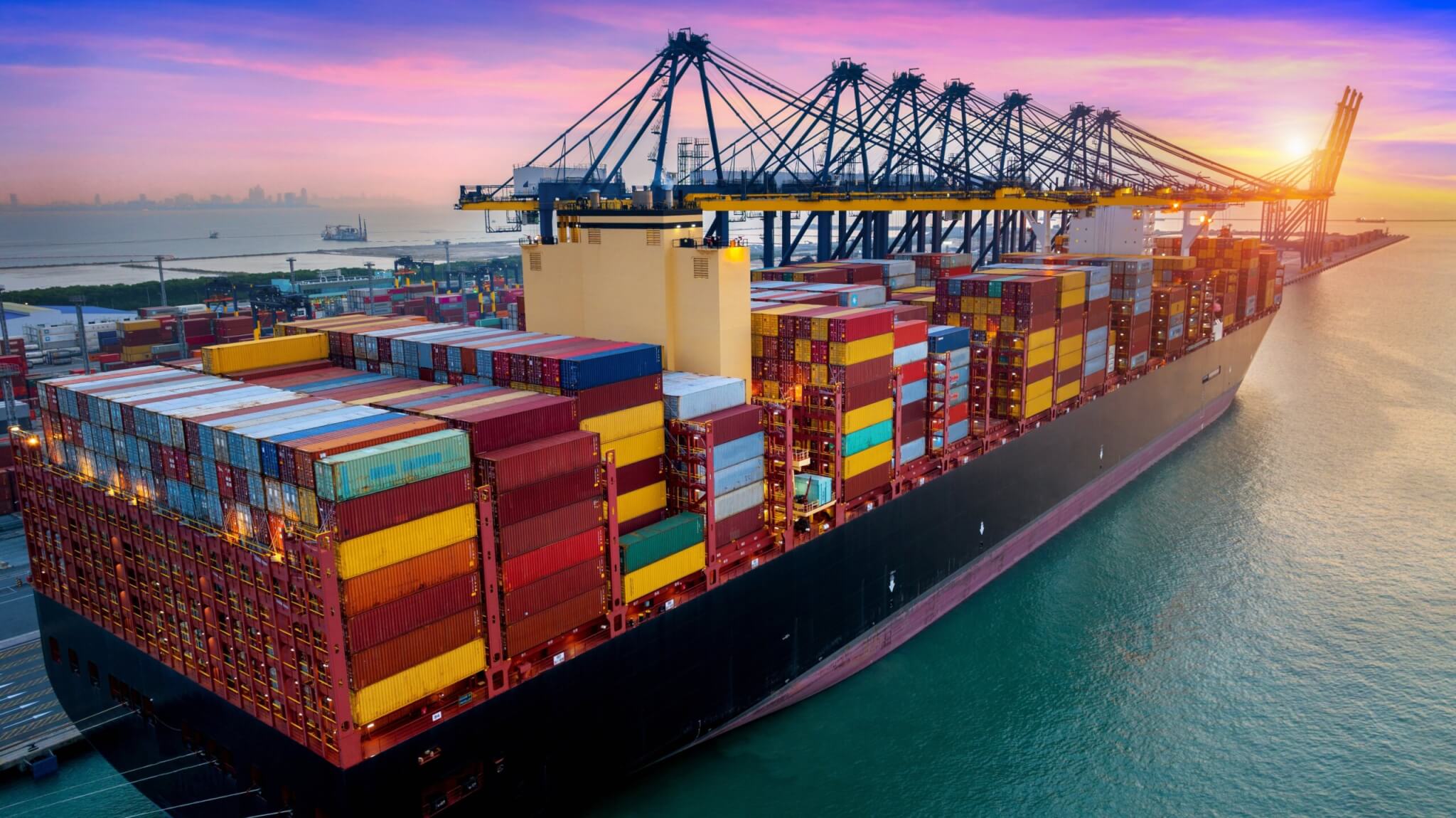
At the halfway point in the decisive decade for climate action, the global community faces a stark juxtaposition: despite meaningful progress, the challenges ahead remain immense. Amid great challenges, there is an even greater opportunity to bridge divides, scale effective solutions, and foster a sustainable future where humanity can thrive.
Dear colleagues and friends,
The global community faces a stark juxtaposition on climate action: despite meaningful progress in recent years, the challenges ahead are significant. Climate impacts are escalating just as important leadership gaps are emerging, and the stakes have never been higher.
For a second time, the United States — the largest historical emitter of greenhouse gas emissions in the world — is withdrawing from the Paris Agreement. This decision, along with federal funding freezes and the dismantling of USAID, underscores a vital truth: climate progress cannot rely solely on national government action, or on one country alone. Sustained, holistic, and collaborative efforts from all corners of the globe — spanning national, subnational, and local levels, and from the private sector, civil society, and government — are essential to addressing the climate crisis that is upending billions of lives and jeopardizing economies everywhere.
Yet, amid these great challenges, there is an even greater opportunity to bridge divides, scale effective solutions, and foster a sustainable future where humanity can thrive. Achieving this will require unprecedented collaboration and trust from every sector and level of society, including philanthropy.
The urgency of now
The evidence of a rapidly changing climate is all around us. Last year, 2024, was the hottest year on record, with the Earth’s average global warming exceeding 1.5º C for the first time. Record-breaking heat waves, droughts, wildfires, and flooding displaced millions of people, crippled infrastructure, and deepened food insecurity.
Globally, the cost of climate inaction continues to rise, with damages projected to reach USD 38 trillion annually by 2050. The main culprit is the burning of fossil fuels. While this helped drive growth and development in the past, it is no longer needed — we now have cleaner, more affordable alternatives. Fossil fuel use is responsible for the devastating climate impacts we’re seeing globally, including 4.2 million premature deaths from outdoor air pollution each year. Despite these enormous costs to society, fossil fuel industries continue to profit, buoyed by a shocking $1 trillion-plus in annual subsidies and tax breaks globally, even as they protect their own profits and spread disinformation to stall progress on the inevitable clean energy transition.
Shifting power dynamics in global climate leadership
As the United States steps back on climate, emerging economies and countries in the Global South are rising to fill the leadership void. Brazil, the host of COP30, is fostering global collaboration around climate ambition and halting deforestation. South Africa is pioneering public-private partnerships to ensure a just transition for workers and communities as they phase out coal and create green jobs. China is installing record amounts of clean energy and purchasing record numbers of EVs. Indonesia is scaling up its renewable energy capacity to peak energy sector emissions by 2030 and, while there is push-back, President Prabowo has indicated the possibility to bring forward the country’s net-zero target from 2060 to 2050. Mia Mottley, the prime minister of Barbados, is leading the charge to address the chronic indebtedness of those countries hit by the worst impacts of climate change.
Around the world, states, provinces, and cities are also stepping up as incubation hubs to try new approaches that can bolster economic development, benefit citizens, and tackle climate — creating solutions ready to scale nationally and internationally. And, while it is disappointing to see a number of corporate leaders backing away from net zero climate coalitions, many appear to be continuing steadfast in their approaches to minimizing climate-related financial risks and maximizing opportunities in the new green economy – because these simply make good business sense.
Scaling climate finance is essential to sustaining this momentum. Countries in the Global South are now slated to receive $300 billion annually by 2035 to help protect their people from climate disasters and transition their economies to low-carbon, with recognition that broader public and private financing needs to increase to $1.3 trillion per year. This will require both more investment and new financing approaches.
Now is the time to rebuild trust by showing how these finance flows can be delivered, even in the midst of tight fiscal budgets. For example, a push for innovative financing mechanisms is growing, like the proposed shipping and aviation levies, along with other measures supported by the Global Solidarity Levies Task Force, to raise billions to fund climate action. In April 2025, the IMO will consider adopting a greenhouse gas levy for shipping, which could be a promising start.
Building bridges across divides
Regardless of political rhetoric, real-world evidence shows that climate solutions are already delivering tangible benefits for people. Electric transportation, clean cooling, and renewable energy are creating jobs, reducing electricity and gas bills, cleaning the air, protecting health, and supporting energy independence.
Take Texas as an example: This Republican-led state leads the United States in wind power generation, saving up to $31.5 billion in electricity costs since 2010. In other words, clean energy isn’t ideological — it’s economical. In 2024, 96% of all new power plants in the United States were carbon-free, because this was the right economic choice.
Despite these successes, fossil fuel defenders are sowing division by blaming renewables for rising electricity costs — when in reality, energy price increases stem from volatile fossil fuel markets, inflation, and grid infrastructure damages caused by extreme weather.
Redirecting fossil fuel subsidies to renewable energy infrastructure can not only stabilize costs and modernize aging grids but also build resilience, energy security, and long-term affordability. These targeted investments, along with efforts to tackle the spread of deliberate disinformation campaigns, are critical to making the right choices for economic growth and securing real benefits for households and communities.
Momentum and scaling solutions
Clean, efficient cooling solutions are critical as heat waves increasingly impact communities worldwide. The focus must now be on scaling proven strategies to maximize their impact in communities worldwide. In India, Energy Efficiency Services Limited’s Fan Hub program is transforming the market by deploying 10 million super-efficient ceiling fans, cutting costs and emissions while spurring manufacturer interest. Globally, the development of new super-efficient ACs could cut 68 gigatons of emissions by 2050 — the equivalent of just over a year’s worth of GHG emissions from all anthropogenic sources today. Philanthropy is working with manufacturers, governments, and other partners to bring these solutions to market faster.
The exponential rise in electric vehicles is another success story. The latest data shows that EVs accounted for more than a quarter of new passenger vehicles sold on average in the four major markets — the United States, the European Union, India, and China (according to a forthcoming report from the Drive Electric Campaign). This far surpasses what was seen only a few years ago as an ambitious target of 15% by 2026. Supported by philanthropy, Drive Electric’s Leapfrogging Partnership is now helping to bring the benefits of EV markets to other countries. In Rwanda and Kenya, for example, over 200 e-motorbikes have boosted driver incomes by 41% while reducing emissions.
In partnership with diverse stakeholders, philanthropy has been pivotal in scaling multiple transformative climate solutions by leveraging patient, risk-tolerant capital to accelerate innovation, unlock private-sector investment, and foster collaboration. With foundation funding for climate mitigation reaching $4.8 billion in 2023 — nearly tripling since 2019 — philanthropy is driving long-term progress. By amplifying effective approaches, philanthropy can help address global climate goals despite growing backlash.
Amplifying philanthropy’s impact in a decisive decade
The next five years are the most critical of this decisive decade for climate action. While one country is leaving the Paris Agreement, 194 countries remain steadfast in their commitment, demonstrating the resilience of global collaborative action and a recognition that tackling the climate crisis is the only sustainable growth path forward. At this moment, philanthropy must step up to catalyze trust, keep the momentum for ambition, and work with a wider range of partners to drive transformative progress and fight the strong headwinds of 2025. This means:
- Working collaboratively: Philanthropy can participate in collaborative giving platforms that allow funders to amplify existing initiatives and accelerate solutions that already exist. Together, we can maximize our impact.
- Backing grantees to win: Philanthropy must invest deeply in grantee capacity development and multi-year flexible, core support, especially in low-to-middle-income countries. In the current rapidly shifting operating environment, strengthening the capacity of all grantees to manage legal and security risks will be a particular priority. This is not a sprint, and these grantee partners are doing work that needs to be sustained over the long term.
- Thinking broader than just climate: Finally, philanthropy should embrace integrated solutions at the intersection of climate and the delivery of other societal goals, such as public health, economic development, human rights, and ecosystem resilience. Working together to align around common goals can multiply the impact of philanthropic funds, and build broader coalitions across political parties to support change.
This is no time for retreat or hesitation. It is a moment for courage and collaboration. Together, we can shape a sustainable, equitable future — one built on trust, innovation, and shared purpose.
In partnership,
Helen Mountford


